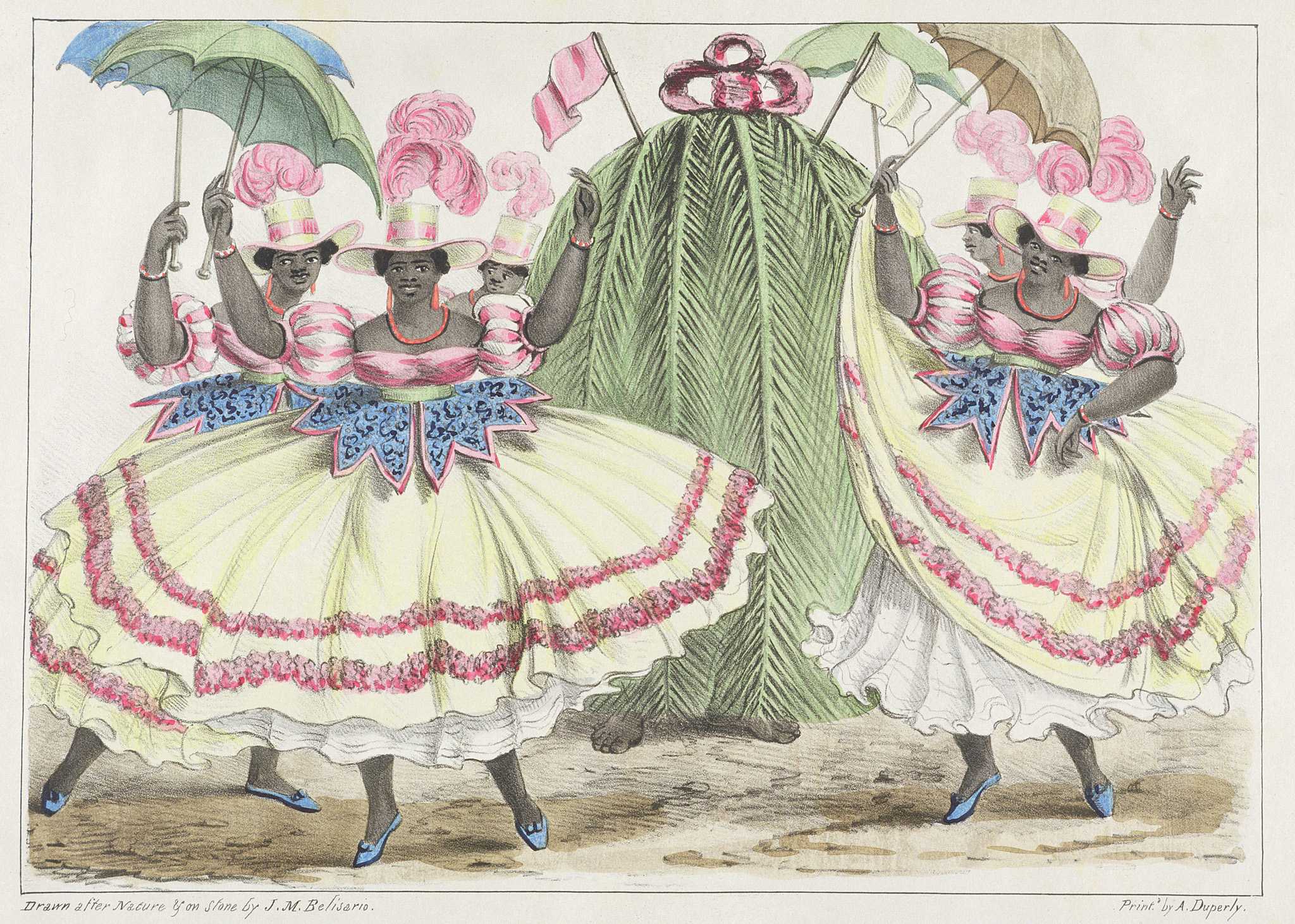Chapter 1
Enslaving Colonial North America
No African experience in the colonies was exactly the same. African people found themselves in different physical and social environments in the Chesapeake, the Lowcountry, Louisiana, and the Northern Colonies. Africans asserted new identities, created their own cultures, and resisted enslavement, while helping to build the physical, cultural, and intellectual foundations of colonial North America. By the end of the colonial period, race-based slavery was the law of the land and the basis of the economy. Africans were enslaved for life.
Malachy Postlethwayt was an economist and advocate of the slave trade. The author of The Universal Dictionary of Trade and Commerce in 1757, Postlethwayt was also employed by the government-sanctioned slave trading enterprise known as the Royal African Company. In 1745 Postlethwayt declared, “Are we not indebted to those valuable people, the Africans, for our Sugars, Tobaccoes, Rice, [and] Rum,” shedding light on the demand for and contributions of enslaved African people in the Western Atlantic World.
A Multinational Enterprise
By 1640 colonial North America was built on merchant, financial, and agricultural ventures all tied to slavery. Slavery connected the colonies to Europe, Africa, and the Caribbean. Roughly a century later, merchants from Rhode Island sponsored at least 934 slaving voyages to the coast of Africa and carried an estimated 1,106,544 enslaved men, women, and children to the Americas. In the years after the Revolution, Rhode Island merchants would control between 60 and 90 percent of the American trade in enslaved Africans.
The following image entitled "Sea Captains Carousing in Surinam," was painted in 1752 by artist John Greenwood. The painting connects slavery and privilege. It portrays a rowdy group of Rhode Island sea captains whose involvement in the slave trade brought them success, wealth, and political power. Included in the group are a future governor, commander-in-chief of the Continental Navy, and signer of the Declaration of Independence.
Sea Captains Carousing in Suriname
Portrait of James Potter, ca. 1740
Portrait of John Potter and Family
In this commissioned portrait, an enslaved boy attends to the Potter family having tea. The scene announces their status and captures the legacy of wealth afforded by slavery.
Family Fortunes
James DeWolf was born to a shipping family that specialized in the trade of enslaved Africans, as well as the products of their labor. For enterprising Rhode Islanders like the DeWolfs, slavery opened up profitable new trading opportunities in the Caribbean, specifically Barbados and Cuba. The DeWolfs participated in the trade on both sides of the Atlantic, financing at least 25 slave voyages of enslaved Africans to the Caribbean. Their enterprise included involvement in the illegal slave trade. The DeWolf family owned Cuban sugar plantations, and their ships carried the slave-produced sugar to America for sale. James DeWolf was brought to trial based on the testimony of crew members who testified that DeWolf ordered the murder of a young enslaved woman. James DeWolf became a U.S. senator and upon his death he was considered the richest slave trader and the second wealthiest man in the nation.
Illegal Trade
In 1808 the United States followed Great Britain in abolishing the international slave trade. But American merchants did a thriving illegal business at home and elsewhere, including in Cuba. Enterprising enslavers in both the north and south established businesses and families in Cuba and held newly arrived enslaved Africans outside Havana in horrendous slave pens like the barracoons of the slave trade forts in western Africa. In the 1810s, a visiting doctor witnessed a number of dying Black men, women and children naked and spread out on wooden planks, many of them reduced to skin and bones.
The Black Atlantic
John Canoe (Junkanoo) Dancers, 1837
People of African descent who were taken to the western Atlantic World brought with them intellect, cultures, food, languages, and faith systems. As they moved around, either by force or free will, they influenced local customs with distinctly African traditions and encountered and re-encountered one another. This movement of African-descended people throughout the world is known as the African Diaspora. One such cultural practice, called Junkanoo, is a celebration involving a parade, costumes, and dances choreographed to drums and cowbells. The celebration, a blend of western African cultures, has been practiced throughout the Americas and the Caribbean for centuries.
